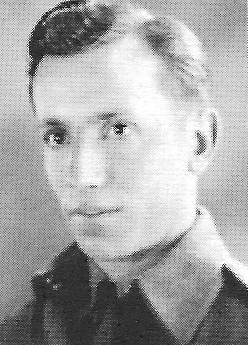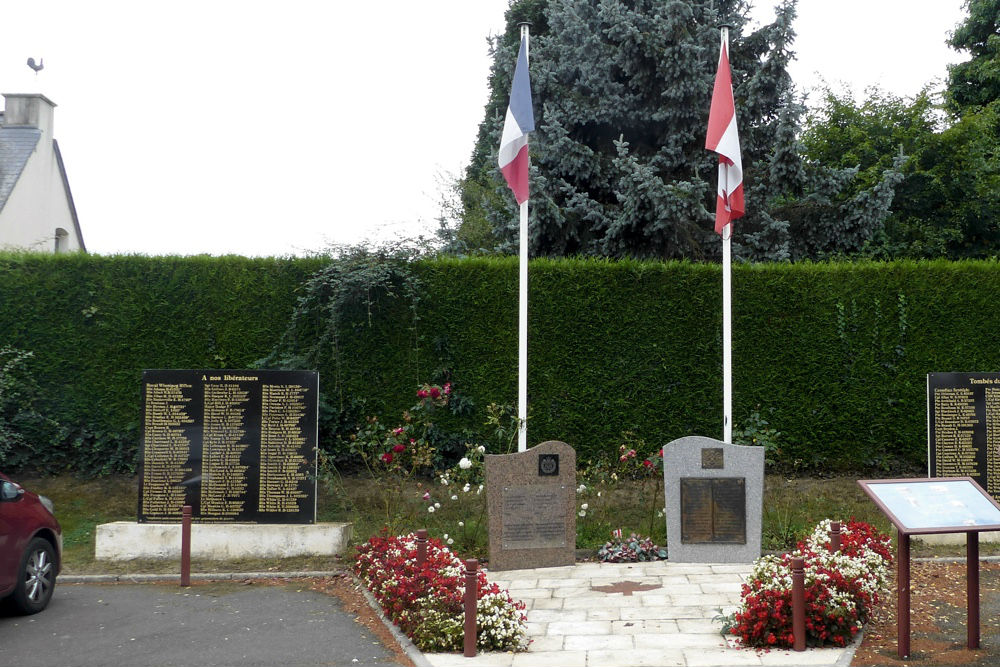Rodgers, Henry
- Date of birth:
- December 5th, 1921 (Winnipeg/Manitoba, Canada)
- Date of death:
- June 8th, 1944 (France)
- Buried on:
- Canadian War Cemetery Beny-sur-mer
Plot: XVI. Row: D. Grave: 7. - Service number:
- H/8918
- Nationality:
- Canadian
Biography
Henry Rodgers was raised in rural Manitoba. He left school at age 14 after completing Grade 8 to work on a farm. His early life was marked by hardship—his mother died when he was young, and he was raised by his stepmother, Mrs. Pauline Rodgers, in Giroux, Manitoba. Before enlisting, Henry worked various jobs including farming, gold mining, bush work, and logging. Most notably, he was a truck driver, a skill he hoped to continue using in military service.
Rodgers enlisted in the Canadian Army on March 27, 1943, at the No. 10 District Depot in Winnipeg. He was assigned Regimental Number H-8918 and began his service as a Private. His initial training took place at Fort Garry and later at the A15 Canadian Infantry Training Centre in Shilo, Manitoba. He was described by military examiners as cooperative, stable, and reliable, with high aptitude scores and a strong military bearing. His preference was to serve in the Royal Canadian Army Service Corps or as a driver in the infantry.
After completing his training, Rodgers was posted overseas. He embarked from Halifax in August 1943 and arrived in the United Kingdom, where he was assigned to the 1st Battalion, Royal Winnipeg Rifles. On June 6, 1944—D-Day—he landed in France as part of the Allied invasion of Normandy. Tragically, just two days later, on June 8, 1944, Henry Rodgers was murdered by Waffen-SS soldiers near Beny-sur-Mer, France. He was 22 years old. His stepmother, Pauline Rodgers, was listed as his next of kin and received his personal effects and war service gratuity.
Henry Rodgers left behind a handwritten will dated September 27, 1943, in which he bequeathed a Victory Bond to his sister Rose Rodgers and named Mr. A.E. Duguay of Giroux, Manitoba, as executor.
Do you have more information about this person? Inform us!
- Period:
- Second World War (1939-1945)
- Period:
- Second World War (1939-1945)
- Period:
- Second World War (1939-1945)
- Period:
- Second World War (1939-1945)
Sources
- Photo 1: Operation Picture Me
- - Service record(s)








